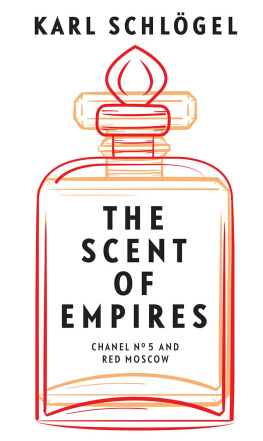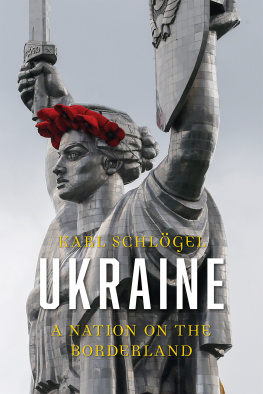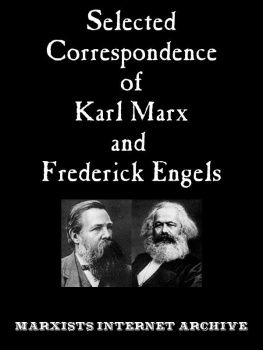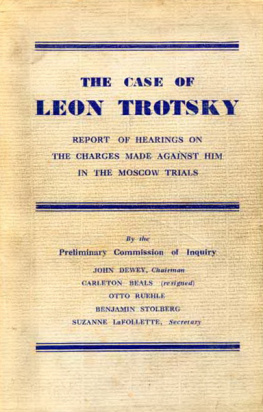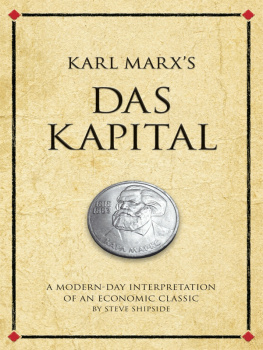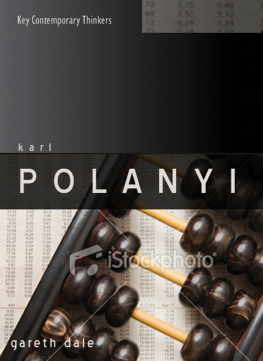Karl Schlogel - Moscow, 1937
Here you can read online Karl Schlogel - Moscow, 1937 full text of the book (entire story) in english for free. Download pdf and epub, get meaning, cover and reviews about this ebook. year: 2013, publisher: Wiley, genre: Religion. Description of the work, (preface) as well as reviews are available. Best literature library LitArk.com created for fans of good reading and offers a wide selection of genres:
Romance novel
Science fiction
Adventure
Detective
Science
History
Home and family
Prose
Art
Politics
Computer
Non-fiction
Religion
Business
Children
Humor
Choose a favorite category and find really read worthwhile books. Enjoy immersion in the world of imagination, feel the emotions of the characters or learn something new for yourself, make an fascinating discovery.

- Book:Moscow, 1937
- Author:
- Publisher:Wiley
- Genre:
- Year:2013
- Rating:4 / 5
- Favourites:Add to favourites
- Your mark:
- 80
- 1
- 2
- 3
- 4
- 5
Moscow, 1937: summary, description and annotation
We offer to read an annotation, description, summary or preface (depends on what the author of the book "Moscow, 1937" wrote himself). If you haven't found the necessary information about the book — write in the comments, we will try to find it.
Moscow, 1937 — read online for free the complete book (whole text) full work
Below is the text of the book, divided by pages. System saving the place of the last page read, allows you to conveniently read the book "Moscow, 1937" online for free, without having to search again every time where you left off. Put a bookmark, and you can go to the page where you finished reading at any time.
Font size:
Interval:
Bookmark:

For Anya, our Muscovite, and for the indomitable members of Memorial
Translated by
Rodney Livingstone
polity
Bridge Street
Cambridge CB2 1UR, UK
350 Main Street
Malden, MA 02148, USA

Ever since my first encounter with the world of Soviet Russia, and indeed ever since I began to think politically, I have known that I would write this book. It is not possible to talk about Russia in the twentieth century, and even present-day post-Soviet Russia, without coming up against the caesura invoked by the term 1937. All lines of inquiry in my previous writings whether they focused on St Petersburg as a laboratory of modernity, the Russian experience of exile in Berlin between the wars, or the rebirth of Russia after the demise of the Soviet Union somehow or other and at some point or other inevitably led back to the time and place of the radical and irreversible rupture in the third decade of the twentieth century.
I was still at school, at the beginning of the 1960s, when I heard Yevgeny Yevtushenko recite his poem The Heirs of Stalin. Even for people unfamiliar with the whole history, the verses gave expression to something sinister, ominous and opaque that must never be allowed to recur, a catastrophe that had befallen a people and a nation. This was repeated over the years and developed into a leitmotif. In the circle of acquaintances to which I subsequently belonged in Moscow there was no one whose family did not contain a victim: relatives that had disappeared, children who did not know when and where their fathers had been shot, and families scattered throughout the Soviet Union during those years. The traces of violence, misfortune and arbitrary rule were everywhere to be seen. And yet, right to the very end of the Soviet Union, there were no memorials to commemorate the dead and to give the collective trauma a public face.
In West Germany and West Berlin, where I began my studies, there could be no question of a lack of information or a general silence on the subject. Long before Alexander Solzhenitsyns monumental attempt at an artistic depiction of the Gulag Archipelago, there were major accounts of it. We need think only of Alexander Weissberg-Cybulskis report on his odyssey through Stalins prisons, of Arthur Koestlers response to the shock produced by the Moscow show trials in his novel Darkness at Noon, of the shattering memoirs of Evgenia Ginzburg and Nadezhda Mandelstam. Robert Conquests account of the Great Terror had likewise appeared as early as 1969 and was soon followed by Roy Medvedevs insiders view of the history of Stalinism.
Nevertheless, the historic catastrophe and the human tragedies of the Soviet Union never received the attention and interest that might have been expected from a public that had been exposed to the horror of the crimes of National Socialism. The asymmetry was very striking. A world that had taken to heart such names as Dachau, Buchenwald and Auschwitz had trouble in memorizing names like Vorkuta, Kolyma or Magadan. People had read Primo Levi but not Varlam Shalamov. Thus Stalins victims died a second death, this time in peoples memories. They vanished in the shadow of the crimes of the century committed by the Nazis; they were lost to view by the side of the countless victims in the Great Patriotic War. They fell by the wayside in the ideological skirmishes of the Cold War, in which a fact could not be accepted as true if the applause came from the wrong side, and where after 1945 the swiftly restored anti-totalitarian consensus against communism frequently blinded the public to the fact that education about their own totalitarian past was far from comprehensive. The victims of that other collapse of civilization disappeared finally behind the wall of silence that had fixed the division of Europe for half a century. In this way, no sooner was the question of the victims of Stalins dictatorship broached than complex rationalization processes led to a curious lack of interest and even indifference.
However, Moscow in 1937 is one of the key settings of European history. It is not situated somewhere or other but on a fault line of European civilization. The dead of 1937 are the contemporaries of a century of extremes that knows no frontiers. This is why Moscow in 1937 must form part of our mental processes when we inquire into the meaning of the twentieth century for European civilization.
This became clear at the latest by the time of the demise of the Soviet Union, since that demise has been accompanied by a fundamental struggle to recapture our historical memory. The Soviet topography of terror was charted for the first time; for the first time the names and portraits of hitherto nameless victims were published and memorials were erected. This process is far from complete, and will only be completed if and when in the not too distant future Lubianka, that symbol of infinite contempt for human beings and murderous violence in the centre of Moscow, is transformed into a museum and a place of remembrance.
Font size:
Interval:
Bookmark:
Similar books «Moscow, 1937»
Look at similar books to Moscow, 1937. We have selected literature similar in name and meaning in the hope of providing readers with more options to find new, interesting, not yet read works.
Discussion, reviews of the book Moscow, 1937 and just readers' own opinions. Leave your comments, write what you think about the work, its meaning or the main characters. Specify what exactly you liked and what you didn't like, and why you think so.

